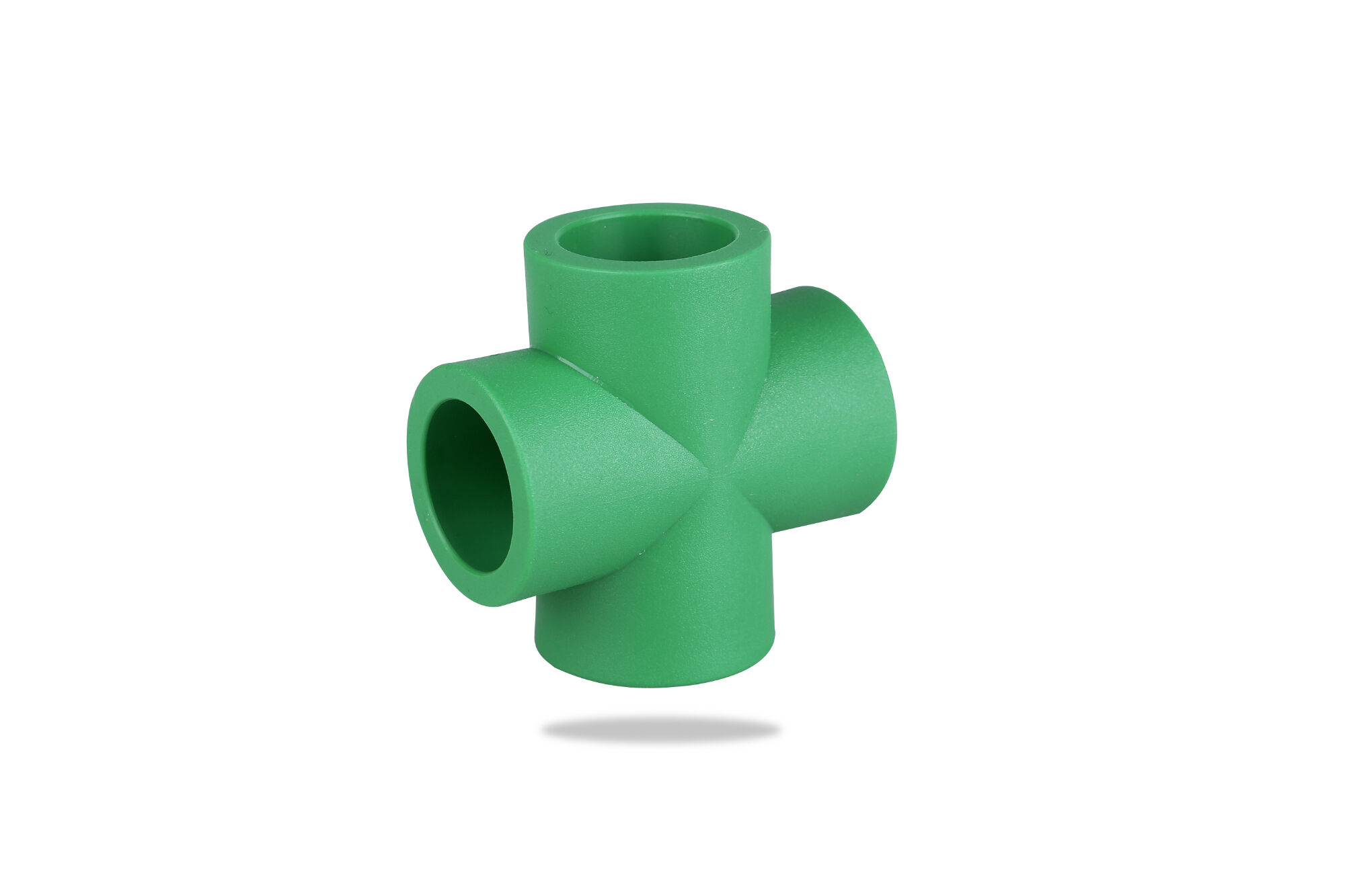What is PPR Pipe InstallationPolypropylene Random Copolymer (PPR) pipes also known as polypropylene are used to install water supply lines, hot and cold-water delivery systems. PPR pipes are more durable compared to other materials, such as PVC and copper, shatter-resistant clog-free easy installation But, there are some general guidelines and best practices to follow when it comes to installing PPR pipes properly. Here is a step by step guide and General tips an tricks for PPR pipe installation. Important Tips & TricksBefore you begin your PPR pipe installation, make sure that all the tools and materials are readily available for use. You would need a hardware tool like a pipe cutter, reamer, welding machine; material-wise-PPR pipes and fittings as per requirement. Refer to the manufacturer's instructions for the exact specifications of your PPR pipe. Make the Right Choice Of Diameter and Thickness of justpipes. According to Water flow requirements in your system, we suggest you go for a higher gauge pipe if it means doing fittings over large distances bit stay within limits per system pressure. PPR pipes also come in different grades according to how they are used and is necessary that you be able to identify them as well while purchasing. This means that PPR pipes with PN10 labels are used in less demanding, including cold water systems and those with a PN20 label for higher temperatures of hot water flows. How to Slice & Groove PPR Pipes Appropriately Step 1: The first action is cutting the ppr pipe with a desired length by using a unique plant cutter. Make sure into make this all reduce inside any contrary position so that you can contain an block cut. Step 2: Reame the inside and outside of the pipe to remove any small burs or raised edges with a reamer tool. Step 3,According to the optimum temperature of welding canvas (usually it will be between 260-290°C ). Heat Welding Machine. Step 4: Using your machine, heat up the ends of each pipe that will be joined until you can bend it by hand. Step 5: Before the material hardens, stuff the ends of both pipes into it at an angle. Verify that the pipes and fitting are completely bonded with no space. Step 6: Keep the pipes steady as long as it takes for them to cool off and harden, making a sturdy bond that will last. Proper Fittings and Valves are Crucial in PPR Pipe InstallationPPR pipes employ fittings same as the pipe itself yet made of needed material to connect through or divert water. The correct fittings and valves help PPR pipe to avoid becoming leaky, thus potentially lasting a long time. Fittings need to match the pipe sizes and have close pressure ratings with those of a connected system. Every fitting also needs to be perfectly the same size as the pipe being spliced into and undistorted by it on passage of that end of this type down straight through. PPR pipes, fittings and valves- We shall use the correct PPR pipe, fitting or valve for your particular applicationType of Pipes- We ensure that types of the pipe are appropriate by looking at their classification and also pressure ratingReasoning in Cutting -Pipes must be cut to square so as they do not have any gaps while joiningHeat Fusion Process Quantity -We heat elaboration process accurately according to manufacturer instructions without overheating/under coolingAppearance Check post Join into pieces - Inspect many incidents whether there is no gap amongst a tube because installation place-shopping alignment Do not Join dissimilar pipes i.e, do not join both PPR pipe with PVC or PEX.Use fitting and valve of the same material used in manufacturing of thePPR pipelines.During joining never overheat / Under-Heat Pipes.Also while inserting Pipe into Fitting Avoid using excessive force as it can damage walls & reduce water pressure. Testing and Maintenance Best Practices Post Installation of PPR Pipe SystemsTest the Pipes for LeaksAfter installation, it is important that you test your system in order to detect any leakages so as the appropriate action can be carried out. Best practices after installation of PPR pipe systems to Test & maintain :- Touch your system with water, apply pressure by increasing gradually it until the maximum capacity of operation. Check pipes and fittings for leaks. Such as: -Once you find a leak, repair it right away,-Monitor the pipes and fittings regularly to see if they are blocked or scaly from dust which can clog up flow of water through pipe wall-Use only approved cleaning agents to clean any particles that may have been collected in the channels-Avoid direct exposure of PPR tubes under sunlight (PPR is UV-sensitive),; This will reduce its long-term material properties. To sum it all up, implementing a PPR Pipe System needs to be performed correctly in accordance with certain steps or standards so that this work can enhance the effectiveness and reduce damage afterwards. This article will discuss how PPR pipes are made, some of the most common methods used to connect them and tips for a proper installation so you can ensure that once your pipe is installed it never gives out on you.

 EN
EN
 AR
AR
 BG
BG
 HR
HR
 CS
CS
 DA
DA
 NL
NL
 FR
FR
 DE
DE
 EL
EL
 IT
IT
 JA
JA
 KO
KO
 PL
PL
 PT
PT
 RO
RO
 RU
RU
 ES
ES
 SV
SV
 TL
TL
 IW
IW
 SR
SR
 SK
SK
 UK
UK
 VI
VI
 SQ
SQ
 ET
ET
 HU
HU
 MT
MT
 FA
FA
 AF
AF
 MS
MS
 GA
GA
 CY
CY
 IS
IS
 AZ
AZ
 LA
LA
 MN
MN
 UZ
UZ
 KY
KY

